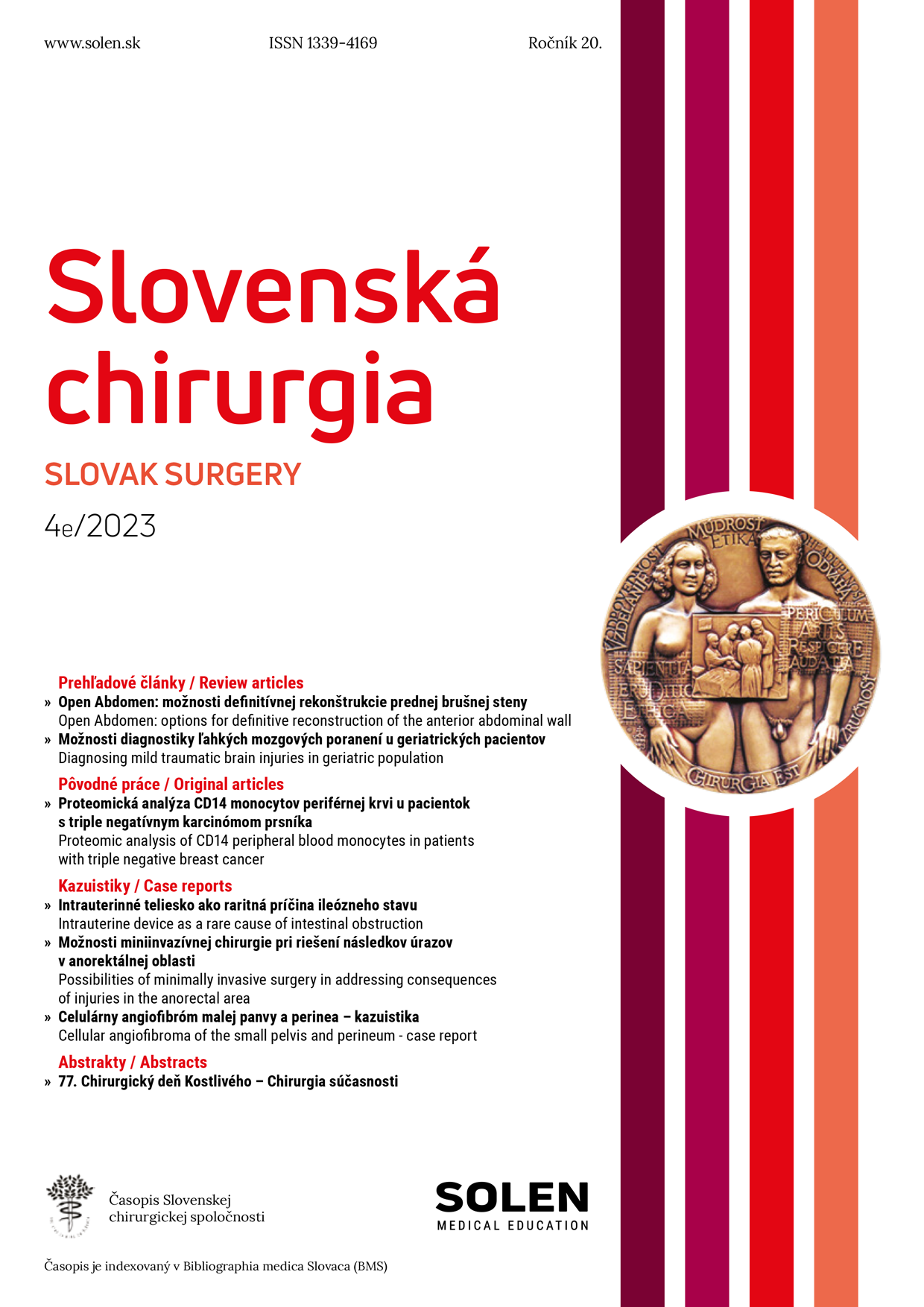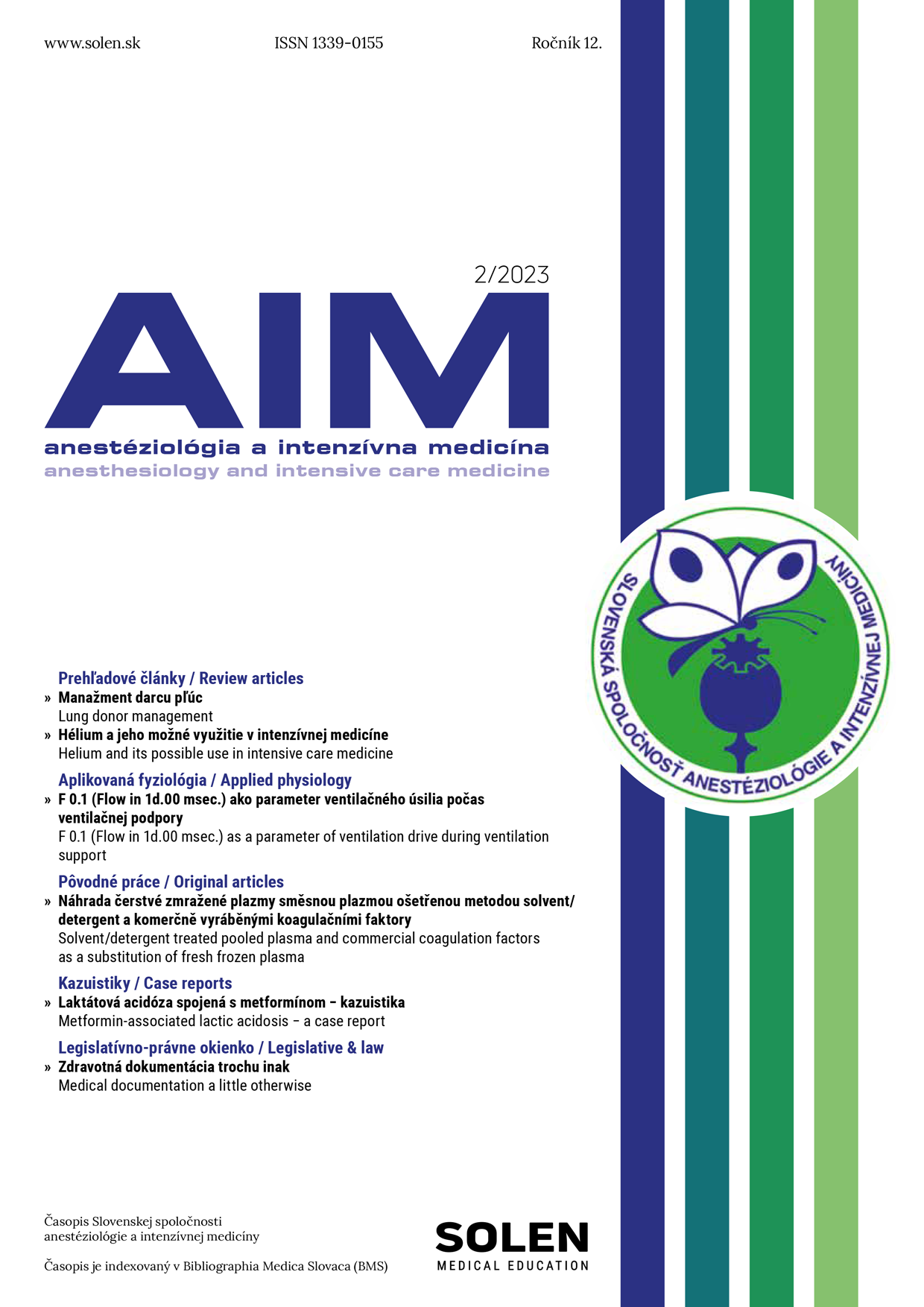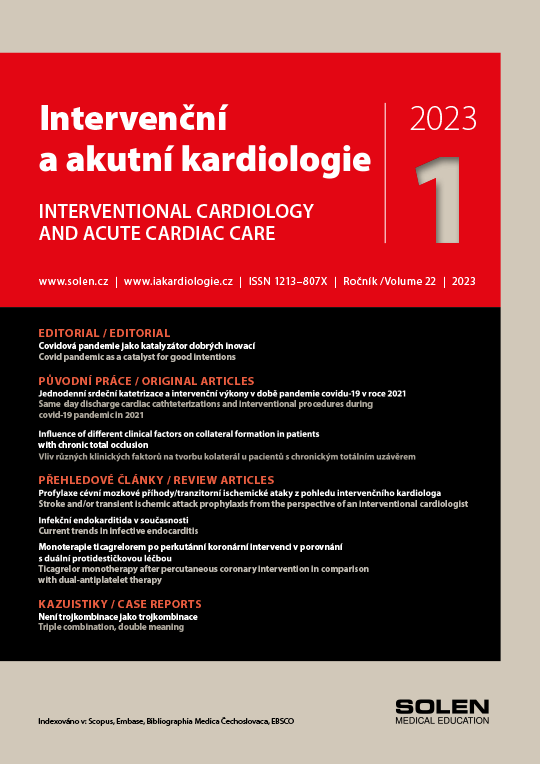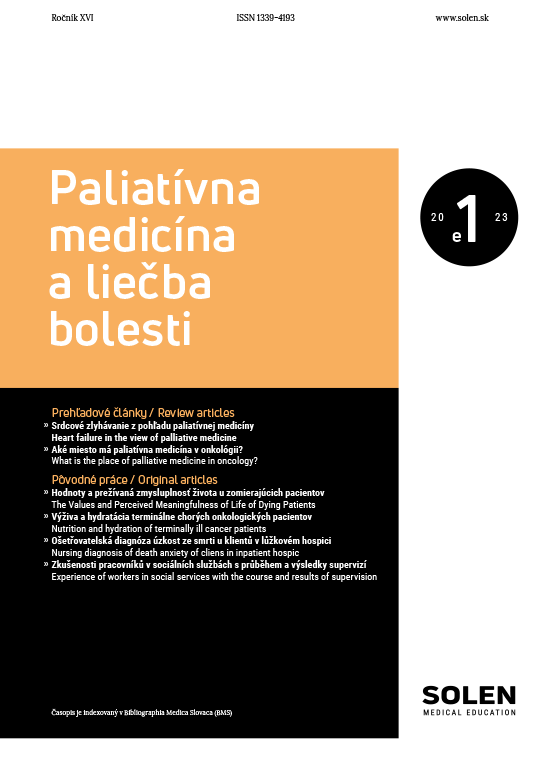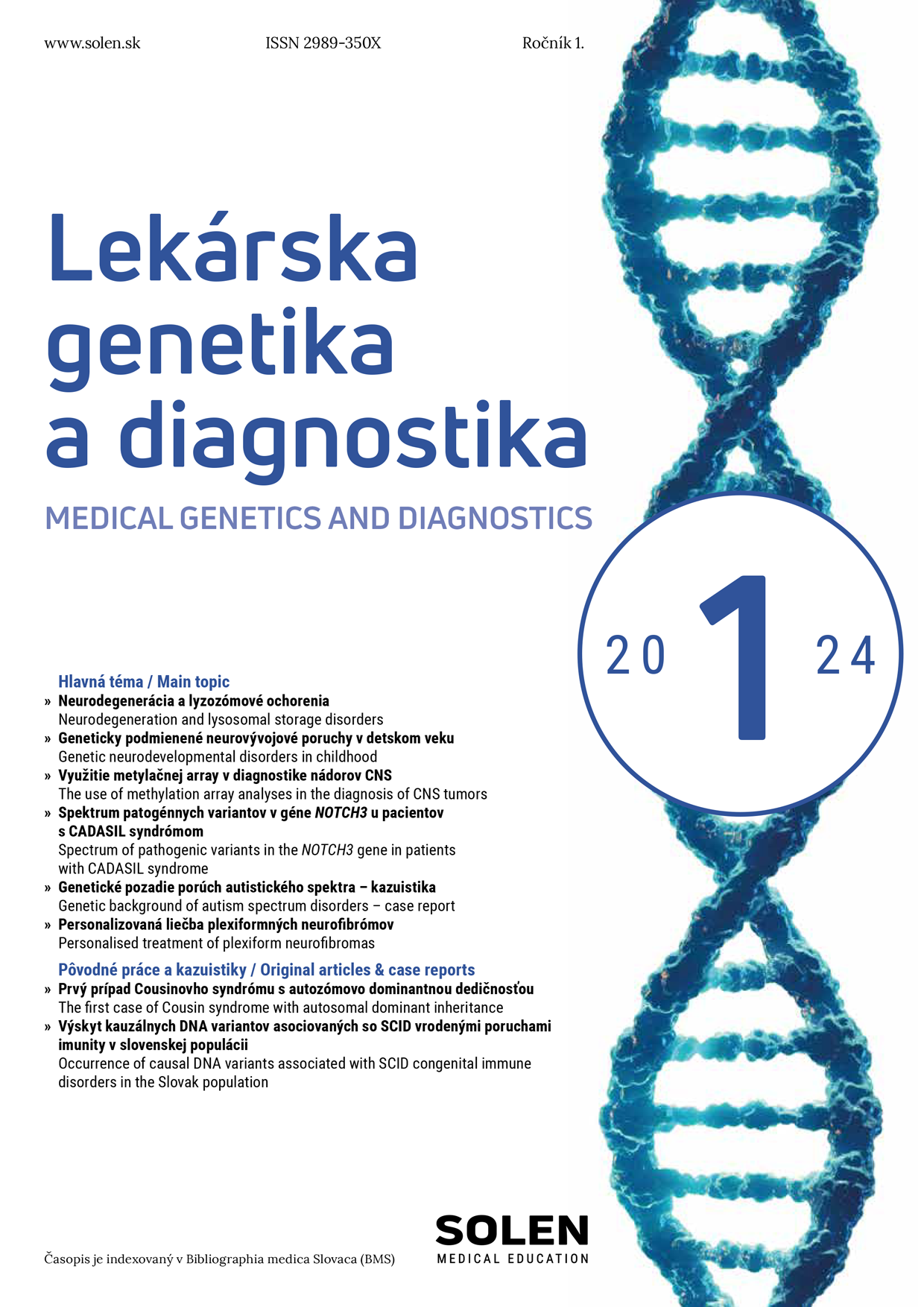Via practica 6/2020
Bariatrická/metabolická chirurgia diabezity
doc. MUDr. Pavol Holéczy, CSc.
Chirurgia závažnej obezity je známa už mnoho rokov pod pojmom bariatrická chirurgia. Jej počiatky siahajú do 60. rokov minulého storočia. Primárnym cieľom chirurgickej intervencie bola od začiatku predovšetkým zásadná a dlhodobá redukcia nadmernej hmotnosti. V novom miléniu začali bariatrickí chirurgovia a obezitológovia venovať viac pozornosti pozitívnemu efektu bariatrickej chirurgie na pridružené ochorenia, ktoré obezitu sprevádzajú alebo ich obezita zhoršuje či dokonca ktoré ju vyvolávajú. Ukázalo sa, že so závažnou redukciou hmotnosti dochádza aj k zlepšeniu či dokonca vyliečeniu komorbidít spojených s obezitou, predovšetkým však diabetes mellitus 2. typu (DMT2). V súčasnosti sa hovorí o chirurgii obezity a ochorení s ňou spojených. Rozšírili sa indikácie na chirurgickú liečbu, pri prítomnosti komorbidít sa znížil BMI (index telesnej hmotnosti), pri ktorom sa už indikuje operačná intervencia a rozšírilo sa aj spektrum sprevádzajúcich ochorení, ktoré je možné pozitívne ovplyvniť chirurgicky. Etablovali sa štandardné výkony, z ktorých sa v súčasnosti najčastejšie vykonáva rukávová resekcia žalúdka (sleeve gastrectomy – SG), za ňou bypass žalúdka (gastric bypass) v modifikácii podľa Rouxa (RYGB) alebo bypass s jednou anastomózou (OAGB). Menej často sa vykonáva duodenoileálna spojka s rukávovou resekciou žalúdka (single anastomosis duodeno-ileal with sleeve gastrectomy – SADI-S). Od bandáží žalúdka sa už upustilo a iné výkony sa považujú za investigatívne. Na Slovensku sú úhrady za bariatrické/metabolické operácie zahrnuté v paušálnych platbách pre jednotlivé nemocnice.
Kľúčové slová: bariatrická/metabolická chirurgia, obezita, diabetes mellitus 2. typu, komorbidity, rukávová resekcia, žalúdočný bypass
Bariatric/metabolic surgery of diabesity
Surgery for severe obesity has been known for many years as bariatric surgery. Its origins date back to the 1960s. From the very beginning, the primary goal of the surgical intervention was a dramatical and long-term reduction of obesity. In the new millennium, bariatric surgeons and obesitologists have begun to pay more attention to the positive effect on the associated diseases that accompany obesity, or worsen or even cause it. It has been shown that with severe weight reduction, there is also an improvement or even cure of comorbidities associated with obesity, but especially with type 2 diabetes mellitus (T2DM). Currently this surgery is called surgery for obesity and related diseases. Indications for surgical treatment have been expanded, BMI (body mass index) has been reduced in the presence of comorbidities, for which surgery is already indicated, and the spectrum of concomitant diseases that can be positively influenced surgically has also been expanded. Standard procedures have been established, of which the most frequently performed is sleeve resection of the stomach (sleeve gastrectomy – SG), followed by gastric bypass in the modification Roux-Y (RYGB), or bypass with one anastomosis (OAGB). Less frequently, a duodeno-ileal anastomosis with sleeve gastric resection (single anastomosis duodeno-ileal with sleeve gastrectomy – SADI-S) is performed. Gastric bandages have been abandoned and other procedures are considered investigative. In Slovakia, payments for bariatric/metabolic operations are included in lump sum payments for individual hospitals.
Keywords: bariatric/metabolic surgery, obesity, type 2 diabetes mellitus, comorbidities, sleeve resection, gastric bypass


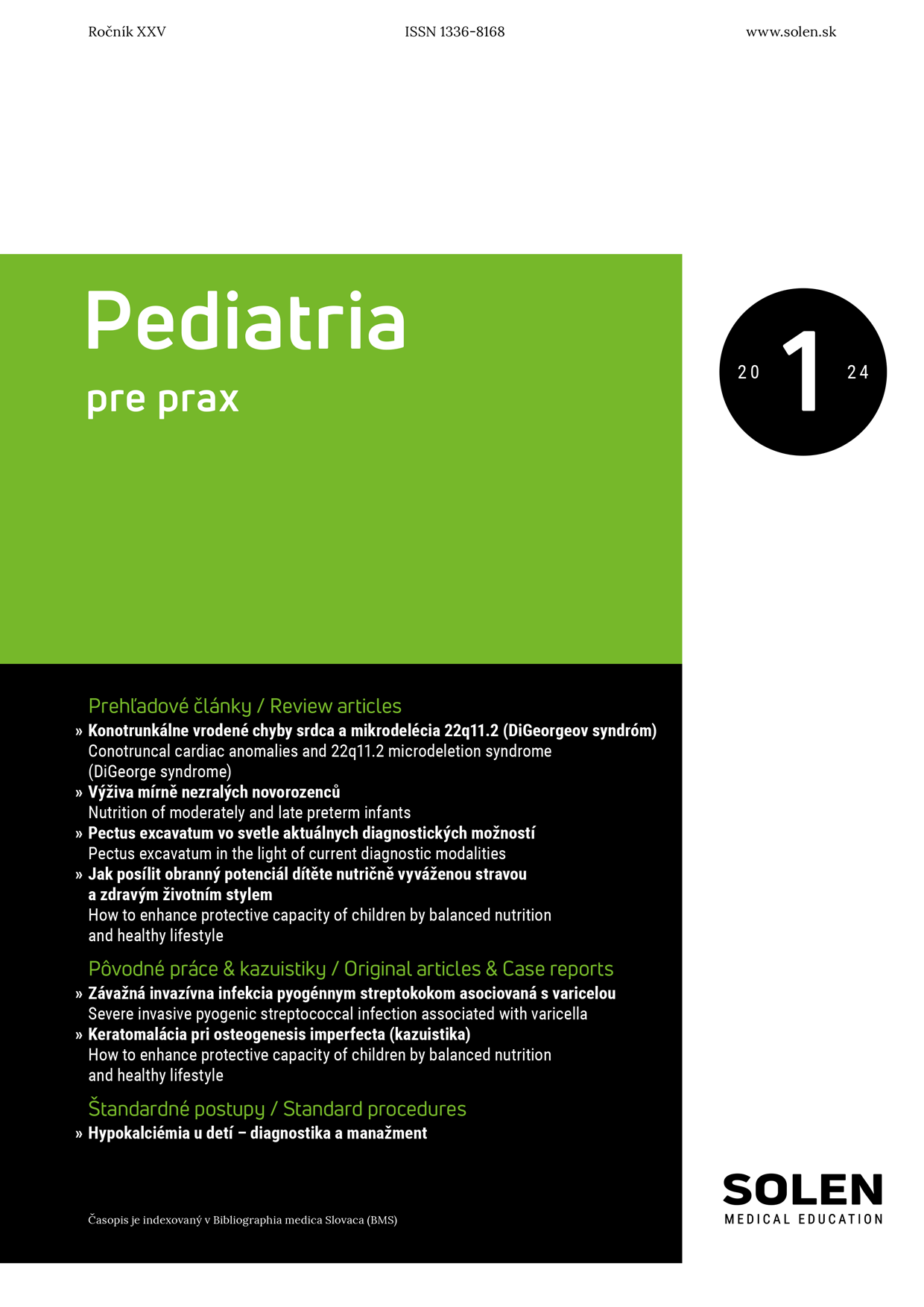
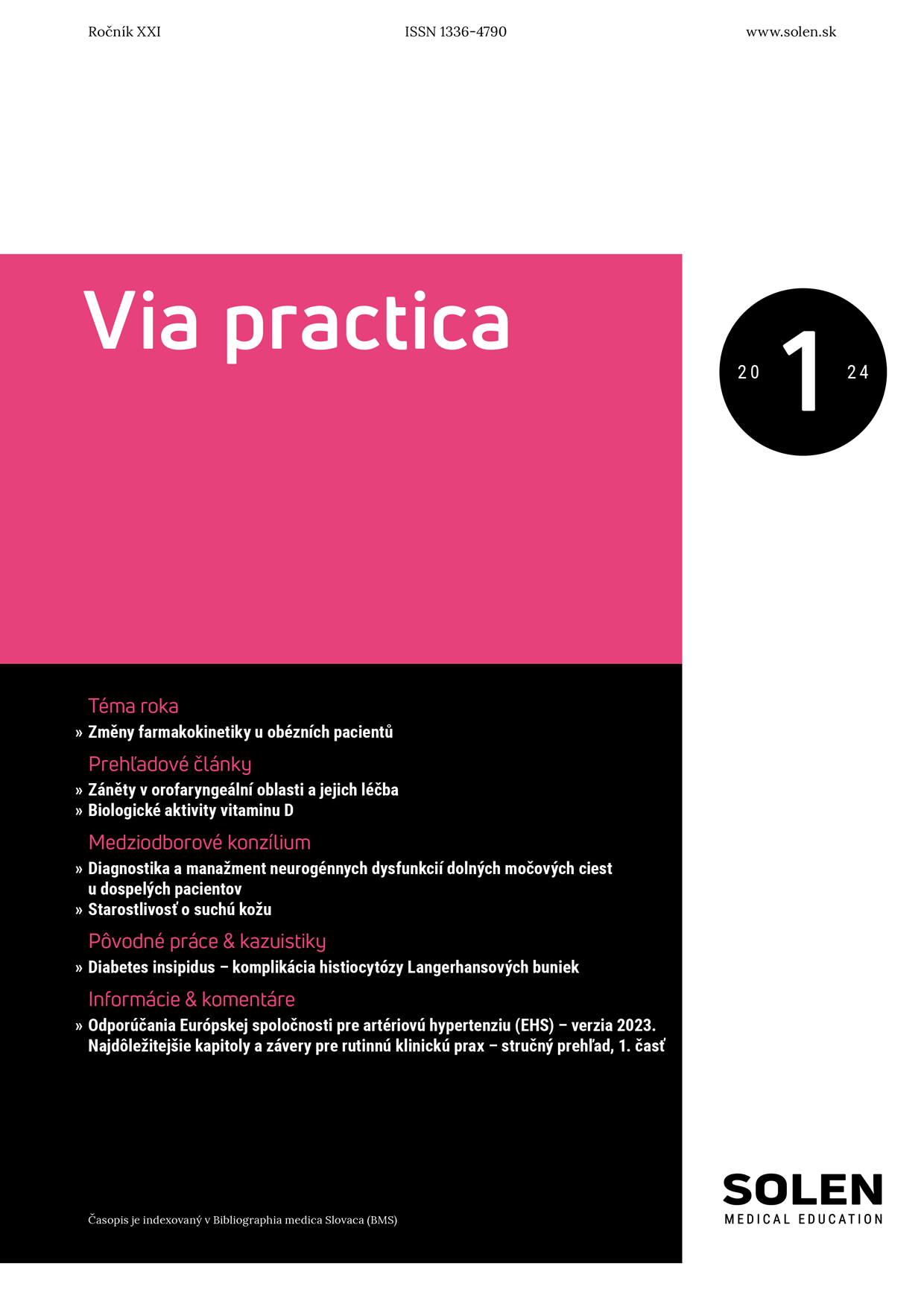
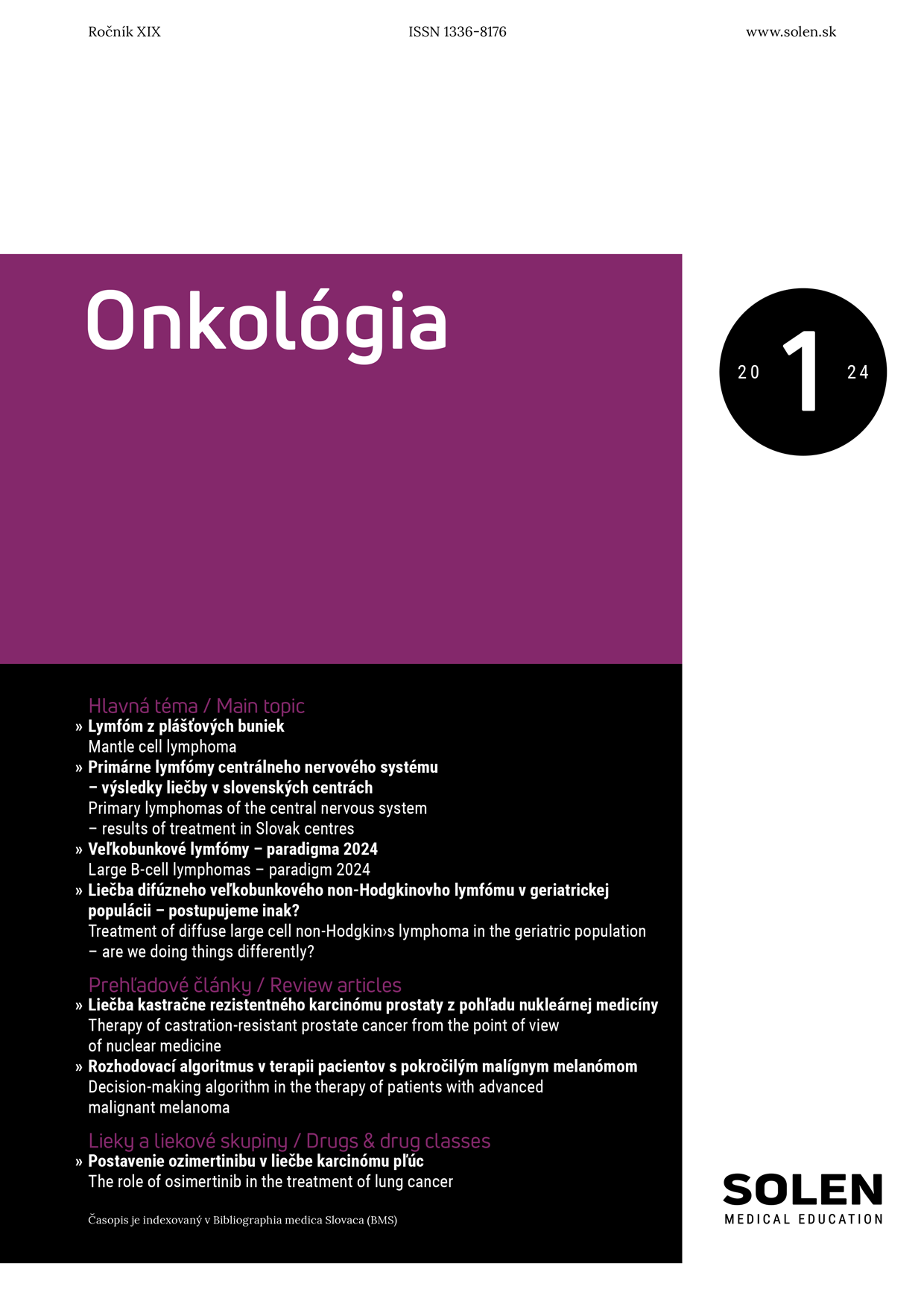
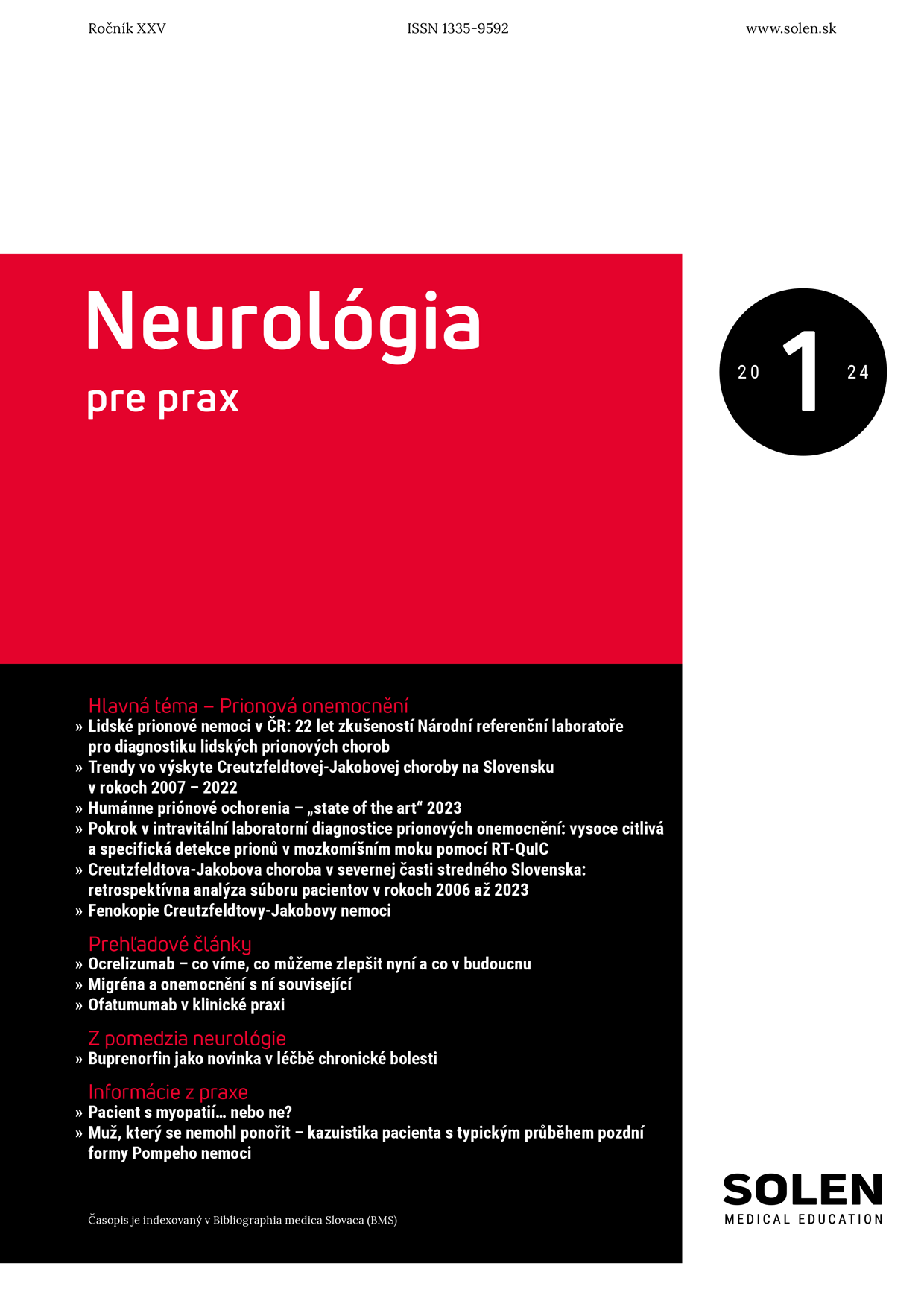
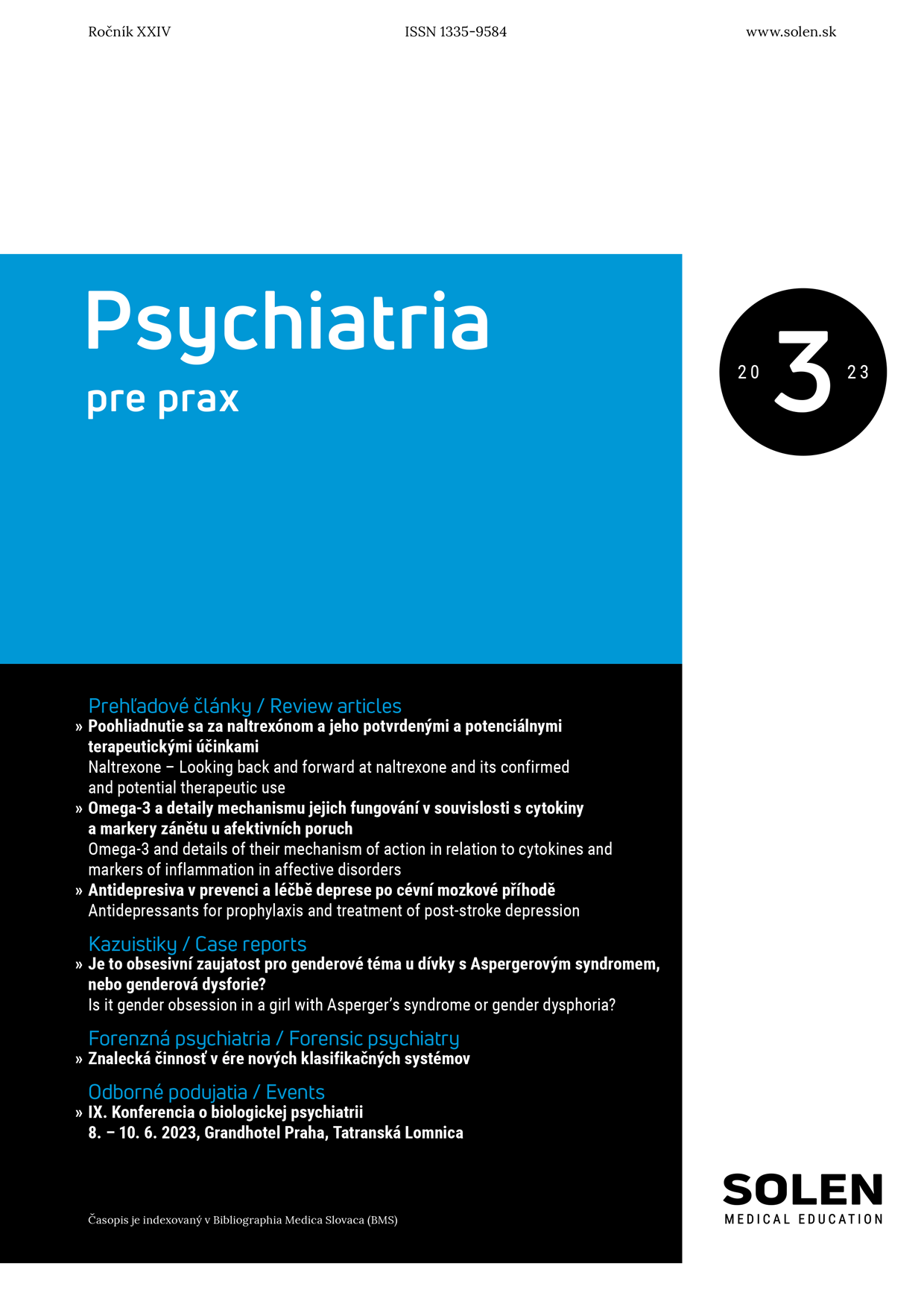
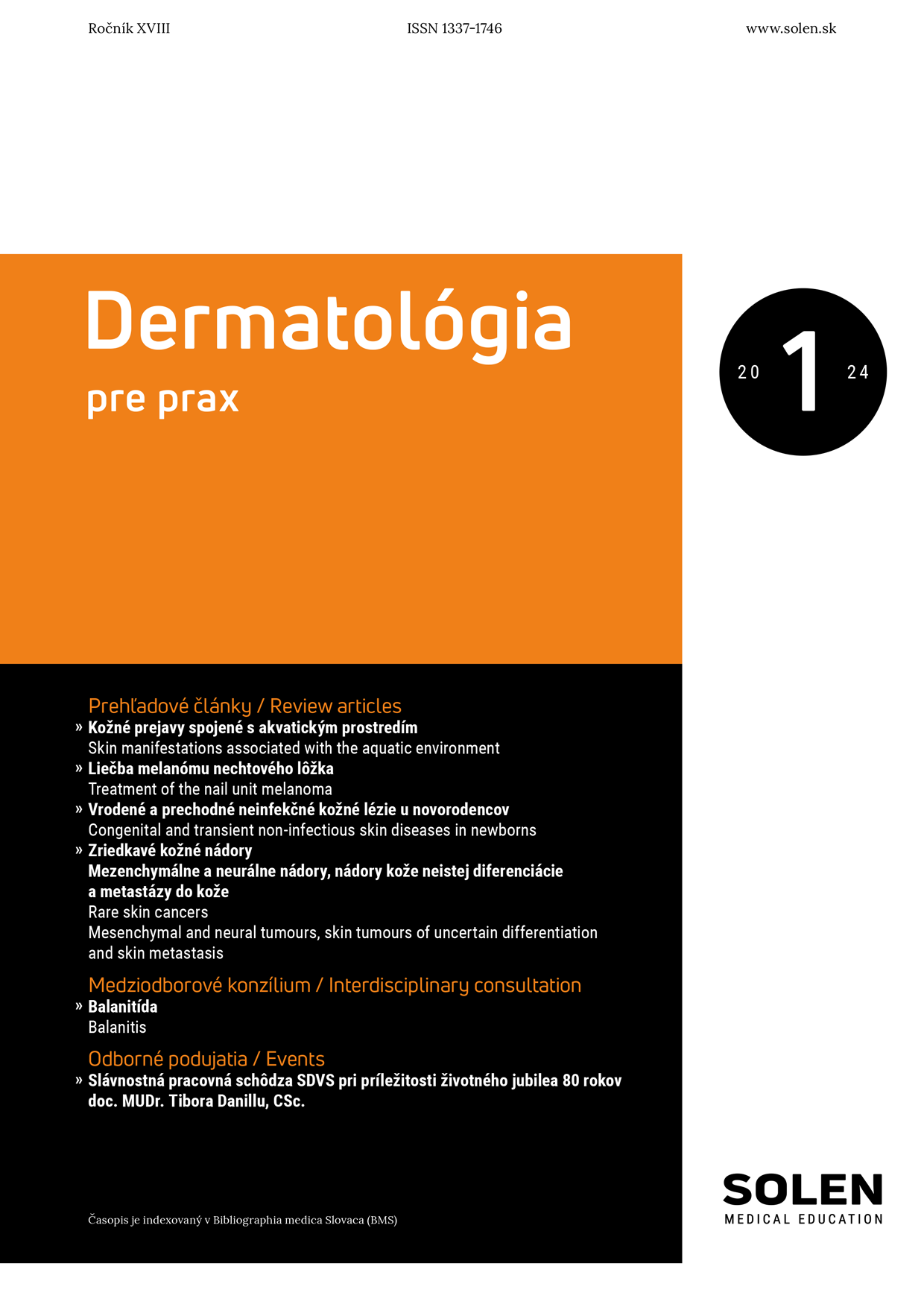
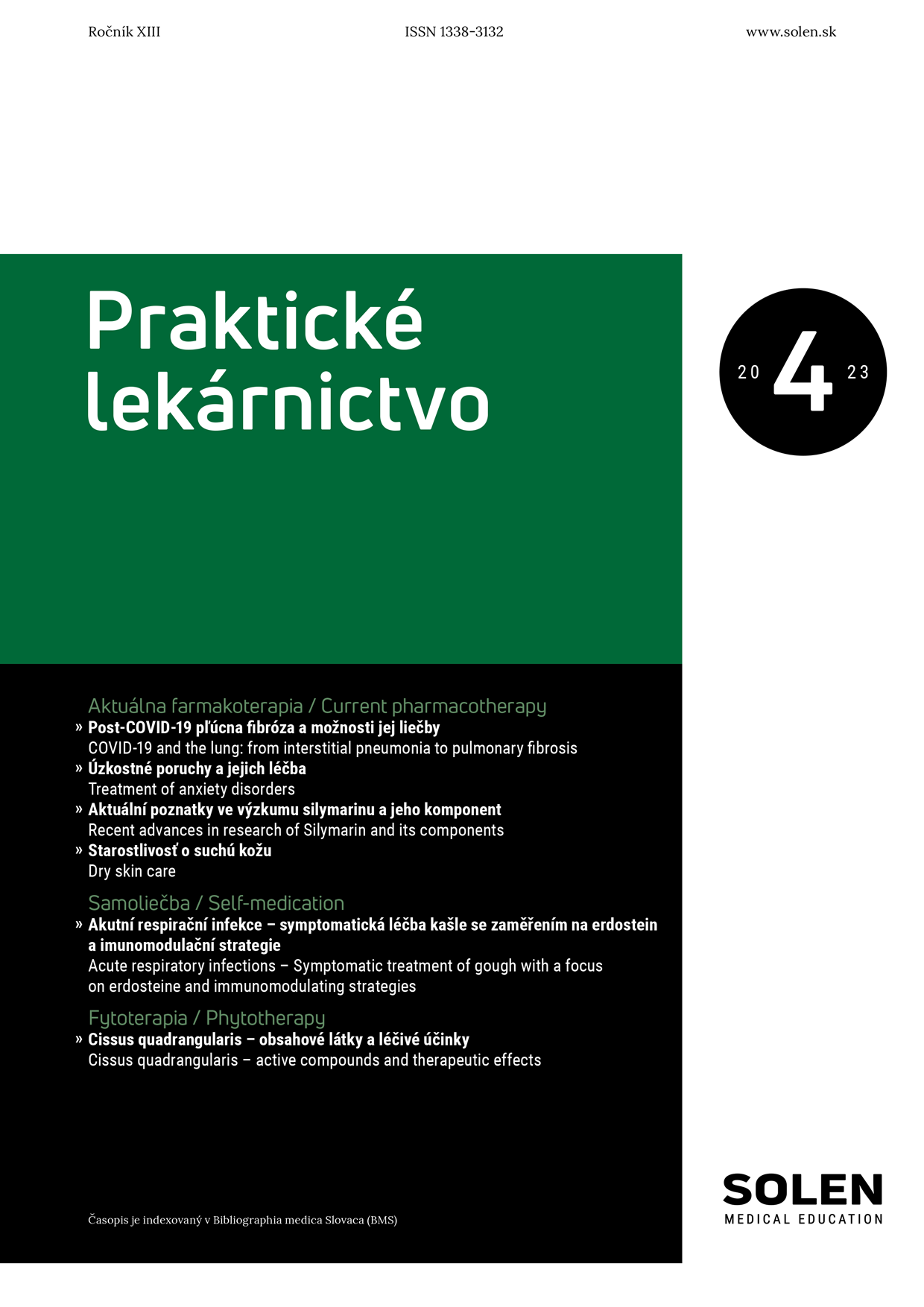
-1.png)
